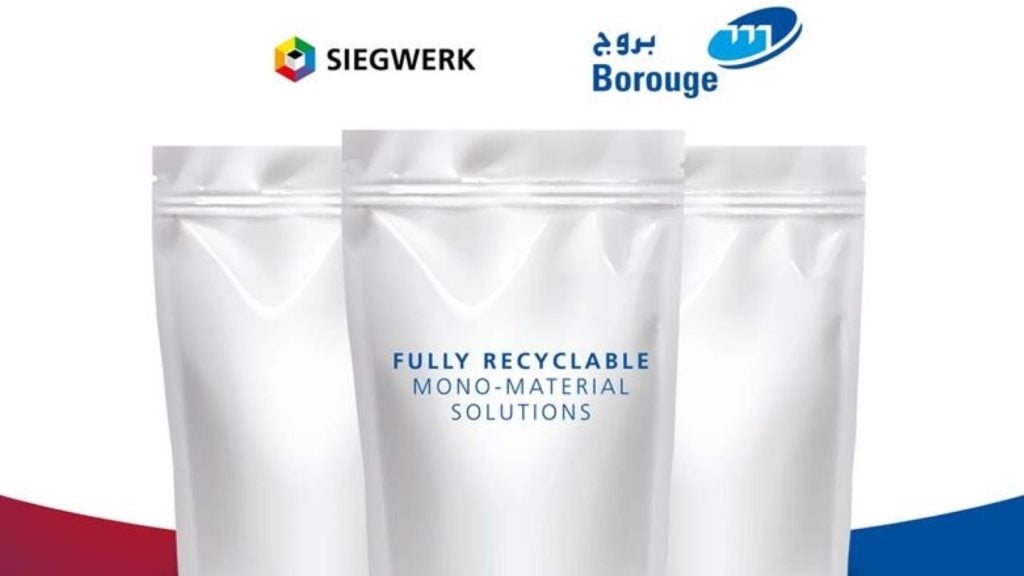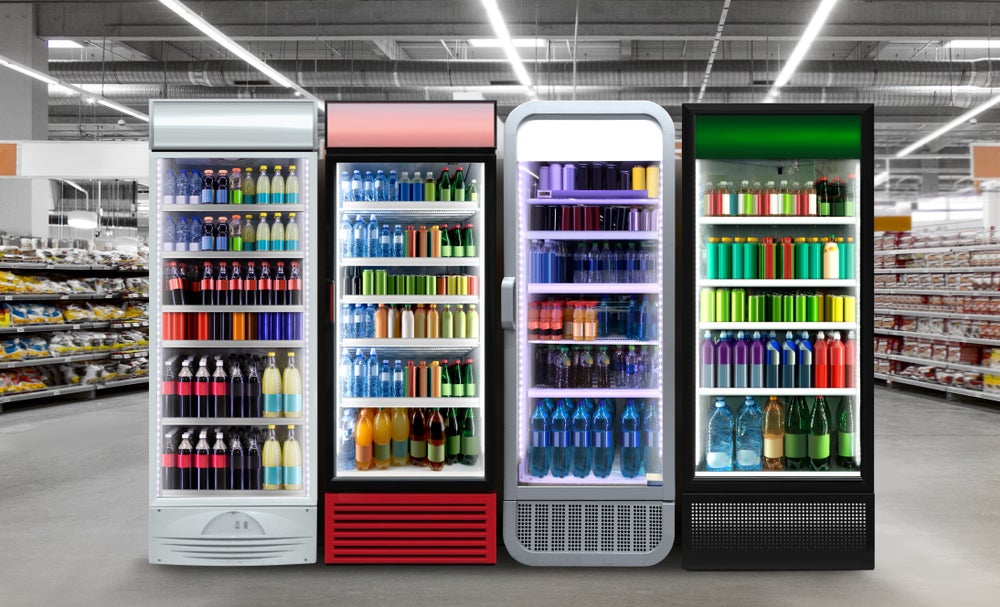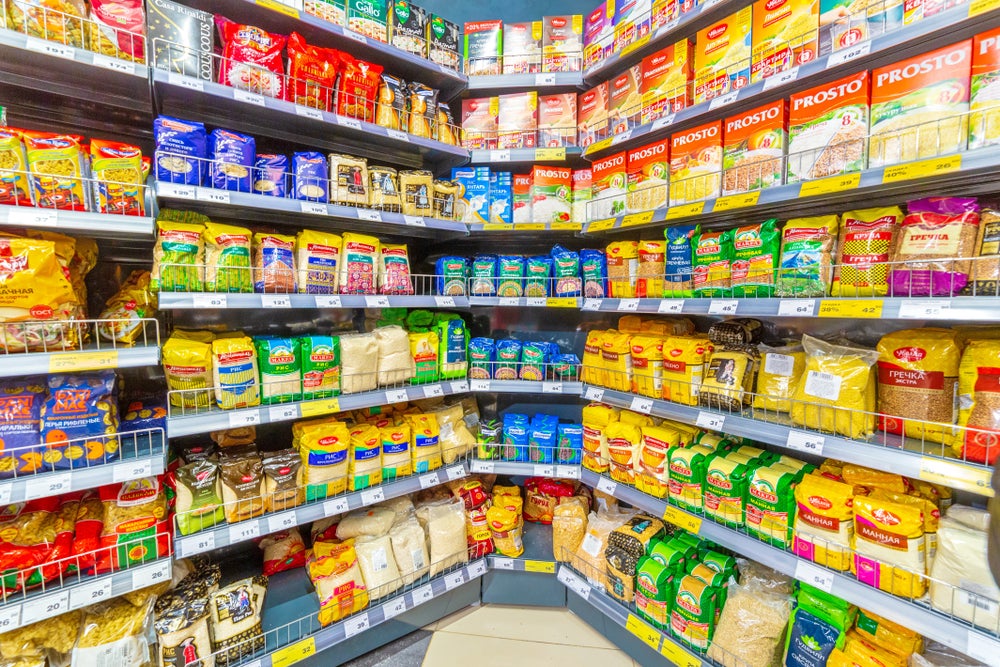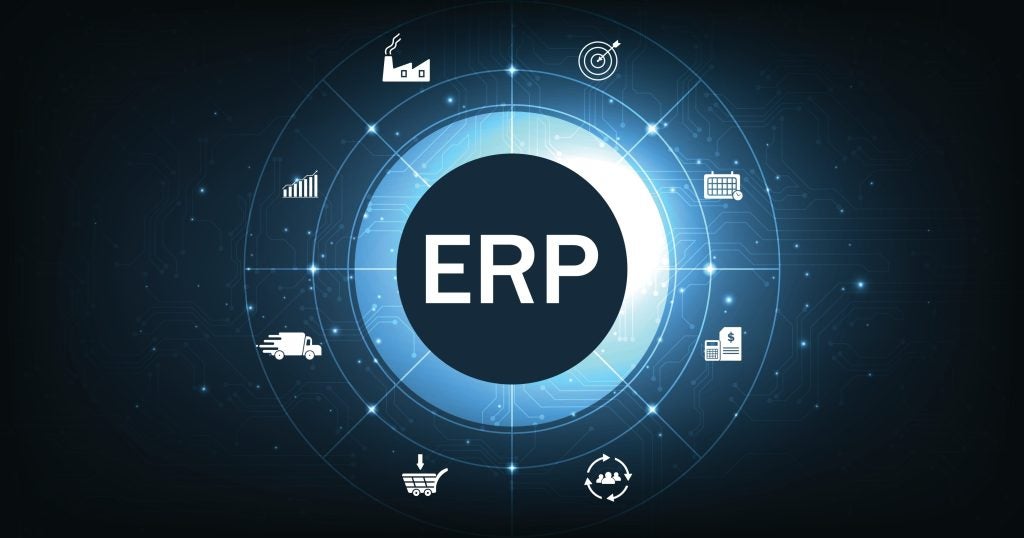
Walmart, the world’s largest retailer, needs little introduction. Serving over 200 million customers a week and generating $420 billion in revenue each year, its sales represent almost 3% of the entire US GDP.
Due to its sheer size, the organisation also has a long history of polarising patrons, politicians and protesters. Offering low-price goods under the slogan ‘Save Money. Live Better’, some consider it to be a byword for the American Dream, serving the needs of the everyman.
Conversely, Walmart is also no stranger to scandal, having recently hit the headlines for the wrong reasons over allegations of poor
labour and employee relations.
Driven by sustainability
However, one area of Walmart’s business that has been universally praised is its ongoing efforts to lower environmental impact using
its packaging scorecard, which examines the way in which products are packaged and dispensed.
First implemented in 2007, the initiative – which grades incoming products on their environmental friendliness – was designed with the ultimate goal of reducing packaging in Walmart’s supply chain by 5% by 2013.
How well do you really know your competitors?
Access the most comprehensive Company Profiles on the market, powered by GlobalData. Save hours of research. Gain competitive edge.

Thank you!
Your download email will arrive shortly
Not ready to buy yet? Download a free sample
We are confident about the unique quality of our Company Profiles. However, we want you to make the most beneficial decision for your business, so we offer a free sample that you can download by submitting the below form
By GlobalDataSee Also:
"The scorecard was really borne out of Walmart’s long-term desire to become more energy efficient," says Ron Sasine, senior director of the group’s packaging procurement division. "This means producing less waste in our supply chains, as well as in the homes of our consumers."
Based on a series of metrics, including product-to-package ratio, space utilisation and the amount of renewable energy that is used in production, suppliers are given a score in each respective area, which is then entered into a system and writ large on every single product that enters Walmart’s doors.
"It was designed to compare alternatives," says Sasine. "For example, we take the weight of materials used in the packaging, or whether those materials are multilayered or multifilm – all those calculations are recorded on the scorecard by our suppliers, so that they can evaluate together new options in using the package."
In light of its enormous network of suppliers – 100,000 in total – Walmart has sought to provide guidance in successfully meeting these criteria. Currently, it makes use of a packaging scorecard support team (PSST) in order to set the most pertinent environmental recommendations, as Sasine explains.
"We have a group of supplier companies that inform, advise and give us their own established insight," he says. "The PSST is comprised of senior-level packaging development and marketing professionals from the likes of Hershey’s, Procter & Gamble and Unilever. We regularly meet with them to compare and share experiences of the scorecard."
Walmart is also part of the Sustainability Consortium (TSC), a platform by which other consumer goods manufacturers, brands and
non-governmental organisations collaborate to improve and adjust the scientific criteria of the scorecard.
Industry-wide adoption
The influential scorecard isn’t the sole preserve of Walmart. In recent years, competitors such as Safeway, P&G and Marks & Spencer have followed suit and developed their own equivalents.
"The TSC has allowed us to discuss the scorecard with other players," says Sasine. "As a result, our principles have been broadly and widely disseminated so that other organisations can benefit from them. The last thing we’ve tried to do is keep it a secret."
Subsequently, the initiative has been underscored by open collaboration throughout the industry – manufacturers have also sought the counsel of universities and research centres. This approach has played an important part in incentivising suppliers to meet demands.
"The PSST and TSC have really been key in educating players on sustainability," says Sasine. "But often, most suppliers are already of the belief that a change in packaging is beneficial in and of itself, which creates additional efficiency in the overall distribution network. There is a sense of awareness that potential savings are on offer for everyone involved."
Yet, according to Sasine, while suppliers are expected to have already demonstrated a dedication to driving down their carbon footprint before conducting business with Walmart, a faultless sustainability track record isn’t an absolute prerequisite.
"It’s certainly an expectation, but not a must," he says. "While I would say that it depends on the individual buyer, they should know what’s expected from Walmart with regards to sustainability. We also appreciate that there are certain product areas where sustainability is harder to achieve."
Since the initiative was launched, the market has seen eco-friendly packaging increasingly defined by the greater use of innovative polymers and recycled materials. How has Walmart followed this trend and adapted its scorecard?
"Undeniably, polymers offer a number of benefits, but we are not limiting ourselves to those only," says Sasine. "The initial principles
that the sustainability movement has discussed consider reducing packaging where it is not needed, eliminating certain packaging elements such as resin, and lowering weight. So, more than anything else, I would say the great portion of the answer lies in overall reduction."
But in installing clean room technology and developing new packaging solutions, suppliers have been forced to ramp up their levels
of investment. In light of today’s economically straitened times, is there a danger of suppliers digging their heels over forking out further costs?
"Yes, there is a risk of some players taking their foot off the gas," he says. "However, I would say that sustainability is actually economically beneficial during challenging times. The amount of packaging used in essentially non-functional roles – for marketing and communication – is being driven down right now. Subsequently, it becomes easier to focus on what the package must do, rather than what it can do."
Future targets: 2013 and beyond
And what of the 5% target for 2013? According to Sasine, due to the company’s seemingly exponential growth both in its home market and abroad – it has just reported a 5.7% rise in earnings for the second quarter of 2012 – the goal has had to be reconfigured according to the company’s shifting business model.
"We are still very much on track," he says. "Although it’s interesting when you set a goal at one point in time, because you also have to account for certain things like the growth of the business or acquisition of other businesses.
"So, we have taken into account that the total number of products sold gets bigger every year, and, as a result, we have had to evaluate our 5% completion based on how the underlying business has shifted since the goal was first made."
Looking beyond next year, Walmart is already working on its next set of packaging goals, although, as Sasine tells me, "we are not quite ready to go public with them just yet".
However, given the progress of the last five years, it would seem that the right template is in place from which Walmart will continue to influence the way goods are packaged.
"There are a lot of changes still to come," says Sasine. "The key thing we have learnt is that no package is independent from the product it contains, and vice-versa. This means that every step and every re-evaluation is based on the integration of those two things. You need be able to understand these things on a unit-by-unit, item-by-item basis. Only then can you make the suitable improvements."
The proof is in the packaging
From toys and footwear to cooking products, Walmart has reduced its packaging across the board. Here are some of its most recent successes:
- last year, the group cut the amount of wire used in its toy packaging by more than a billion feet
- over the same period, paper usage was reduced by 692t
- Walmart cut out 400,000lb of solid waste and consumed 2.4 million fewer gallons of water
- sustainable packaging for shoes has also been revamped – the new footwear replenishment box, which uses 43% less paper, has reduced costs by 28%
- earlier this year, plans were announced to redesign the bottle for Walmart’s ‘Great Value’ cooking oil, which will eliminate 830,000lb of resin, equivalent to the weight of 41,000 cast iron pans.








